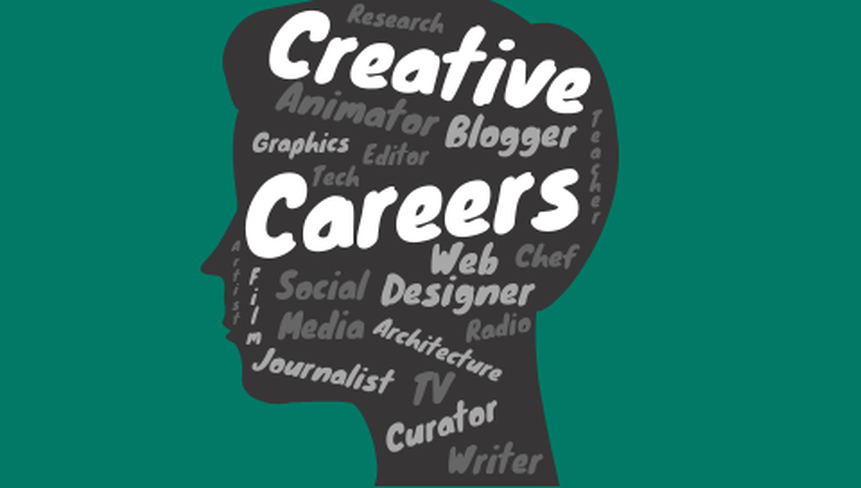|
In today's competitive creative world, there are countless talented artists striving for visibility. Promoting your artistic output goes beyond simply displaying your work to an audience. Mastering the art of self-promotion can be the key to advancing your career. Understanding exactly what you want to showcase to the world and the methods you take plays an important role in gaining recognition and building your reputation. Let’s dive into ten tips to help navigate the realm of self-promotion in the creative industries and maximize the impact of your artistic output at events and exhibitions. 1. Develop a strong brand identity: Develop a signature visual style and message that effectively represents your artistic voice. Curate a high-quality portfolio and create a logo design to use across platforms. Figuring out your target audience in terms of demographic, interests, etc. is key so you can understand the effectiveness of your message. From here, you can leverage a social media strategy that aligns with your audience to keep your brand visible.
2. Create high-quality promotional materials: Seek professional assistance if needed for photoshoots and digital/social media marketing of your work to ensure high-resolution content. Design visually appealing videos, posters, flyers etc., and include event details. Ensure that your promotional materials capture the essence and quality of your work so that you’re prepared to have your work represented in the best light possible. Canva provides great tools to create posters and flyers that are user-friendly. 3. Utilize social media: Social media is one of the most powerful tools to showcase your work. Establish a strong online presence on popular platforms like Instagram, TikTok, etc. and consistently update your profiles with engaging content. The internet has endless ideas on what to post, so doing some research beforehand will help. Include relevant audios, hashtags, and stay up to date with trends in your posts to increase your reach. 4. Send out press releases: Draft compelling press releases to announce your upcoming events or exhibitions. Build your media relationships by sending your draft to local newspapers, radio stations, online blogs, art magazines, etc. to generate buzz for coverage. Use MuckRack, a PR software, to easily search for journalists to pitch your portfolio to. 5. Use interactive elements: Incorporate interactive elements into your exhibition space to engage visitors and set yourself apart from others. This could include touchscreens with digital portfolios, virtual reality demonstrations, and a QR code to your personal website. 6. Offer promotional incentives: Encourage visitors to follow your journey by offering promotional incentives such as limited-time discounts, limited edition merchandise, special offers, or freebies. This can be promotional ads online or in person, and they can incentivize visitors to make a purchase or follow your work beyond the event. 7. Engage with your audience: Now’s your chance to have fun! Let your inner social butterfly soar. During these events and exhibitions, actively interact with visitors and be ready to answer their questions. Listen to their comments, share your creative process, and offer insights into the themes or techniques you used. By engaging in meaningful conversations with your audience, you will gradually build a loyal bond that can develop into a fanbase. 8. Email Marketing: Offer a sign-up sheet or a digital form to gain the email addresses of interested visitors at events and exhibitions. Use this email list to send regular updates about your work and any upcoming events. Email marketing offers a direct line of communication with targeted messaging that’s cost-effective with a high ROI (Return on Investment). 9. Network with other artists and professionals: Attend events, workshops, and exhibitions to connect with fellow artists and enthusiasts of your niche. Don’t be afraid to join online communities and forums to build meaningful relationships within your niche community. Collaborating with popular influencers and bloggers who have a similar artistic style can also help amplify your work. 10. Follow up after the event: After the event or exhibition, follow up with attendees and those who showed interest in your work. Encourage satisfied visitors to provide testimonials about your work. Display any positive testimonials at your booth or exhibition space to show credibility. You can also create a survey or set up a poll to gain forms of feedback as well. By maintaining these relationships, you can pave the way for future opportunities and ongoing support. In general, self-promotion not only enhances your likelihood of achieving success but also creates a memorable impact on admirers of the art, cultivates meaningful connections, and establishes a strong basis for a flourishing career in the creative industry. If you want to learn more about creative career, schedule a free consultation with us today!
0 Comments
Leave a Reply. |
AuthorKristine Dizon is a multi-faceted performer, teacher, writer, author, linguist, and entrepreneur. She is Founder & CEO of the Music & Language Learning Center, The Modern Artist Project and co-founder of the Gran Canaria International Clarinet Festival and American Single Reed Summit. She is an artist for Uebel Clarinets and Silverstein Works. Learn more at www.kristinedizon.com. Archives
June 2024
Categories
All
|



 RSS Feed
RSS Feed
